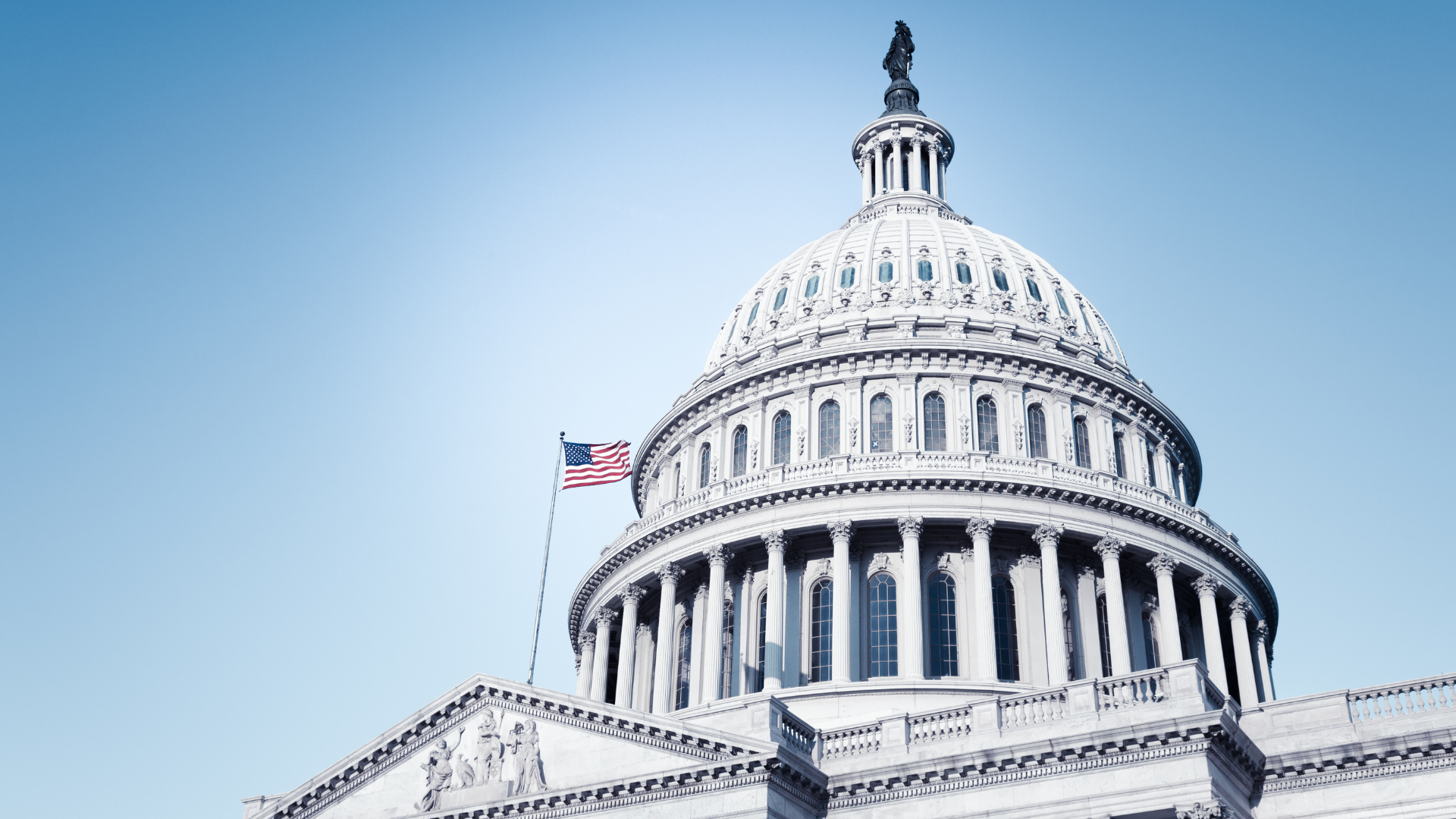Interested in a deeper understanding of NADAC pricing as it relates to the drug pricing landscape? This paper provides a look into the methodology behind NADAC calculation, its application in various healthcare programs, as well as how it compares to other pricing methodologies such as Average Wholesale Price (AWP), Maximum Allowable Cost (MAC), and Wholesale Acquisition Cost (WAC). Additionally, it explores the reasons for NADAC’s growing traction in the market, including its role in reimbursement negotiations, cost management, formulary management, reimbursement policy alignment, pricing transparency, and industry trends.
What Is NADAC Pricing?
The National Average Drug Acquisition Cost (NADAC) represents the average price that retail community pharmacies pay to acquire prescription drugs, including both brand and generic drugs, from wholesalers. NADAC pricing is calculated by collecting data from participating pharmacies across the country and aggregating it to determine the average acquisition cost for each drug. The program was initiated by the Centers for Medicare and Medicaid Services (CMS) to address concerns about the lack of transparency and consistency in drug pricing, particularly for Medicaid reimbursement purposes.
Understanding NADAC Calculation
NADAC pricing involves a multi-step process:
- Data Collection: CMS collects pricing data voluntarily reported by retail community pharmacies. Participating pharmacies provide information on drug names, strengths, package sizes, and the prices they pay for acquiring medications.
- Data Aggregation: The collected pricing data is aggregated and organized by CMS, categorizing it based on active ingredients, strength, dosage form, and route of administration. This step helps identify pharmaceutical equivalents within drug groups.
- Methodology Application: CMS applies a specific calculation methodology to determine NADAC for each drug. The methodology considers factors such as reported prices, the number of reporting pharmacies, sales volume, and necessary exclusions or adjustments.
- Average Calculation: Using the collected data and applied methodology, CMS calculates the average acquisition cost for each drug. This calculated average reflects the estimated price that retail pharmacies pay to acquire specific medications.
- Price Publication: CMS publishes the calculated NADAC prices regularly, making them publicly accessible to healthcare providers, policymakers, payers, and the public.
Expanding Application of NADAC Pricing
Initially designed as a reference point for Medicaid reimbursement rates, NADAC pricing has gained prominence and expanded its application over time. Its usage now extends beyond Medicaid to other federal and state healthcare programs, commercial payers, and pharmacy benefit managers (PBMs). While PBMs themselves are not typically responsible for reporting NADAC data, they may play a role in ensuring accurate data collection and transmission among pharmacies, manufacturers, and wholesalers.
Comparing NADAC to Other Pricing Methodologies
NADAC pricing differs significantly from traditional pricing methodologies such as Average Wholesale Price (AWP), Maximum Allowable Cost (MAC), and Wholesale Acquisition Cost (WAC). Here’s a comparative analysis:
- AWP (Average Wholesale Price): AWP has historically served as a benchmark for drug pricing, representing the price at which wholesalers sell drugs to pharmacies. However, it often includes an inflated markup.
- MAC (Maximum Allowable Cost): MAC sets maximum reimbursement limits for generic drugs, typically based on the cost of the lowest-priced equivalent drug. It lacks transparency in pricing methodology.
- WAC (Wholesale Acquisition Cost): WAC represents the price at which drug manufacturers sell products to wholesalers, excluding discounts or rebates. It may not reflect actual market prices due to separate negotiations.
In contrast, NADAC aims to provide a closer estimate of real-world acquisition costs, promoting transparency and standardized pricing benchmarks.
Factors Driving NADAC’s Traction in the Market
Several factors contribute to NADAC’s growing influence in the PBM industry and healthcare at large:
- Reimbursement Negotiations: NADAC serves as a benchmark for the average acquisition cost of prescription drugs paid by retail community pharmacies. PBMs use NADAC data to negotiate fair reimbursement rates with pharmacies, aligning them with market prices.
- Cost Management: PBMs are responsible for managing pharmacy benefit costs. Monitoring NADAC pricing trends enables PBMs to evaluate drug pricing competitiveness and identify cost-saving opportunities.
- Formulary Management: NADAC data helps PBMs assess the cost-effectiveness of different drugs for formulary decision-making.
- Reimbursement Policy Alignment: CMS uses NADAC to inform reimbursement rates for federal and state healthcare programs. PBMs need to ensure their reimbursement aligns with CMS guidelines for regulatory compliance.
- Pricing Transparency: NADAC promotes transparency in drug pricing information. PBMs benefit from transparent pricing data, enabling them to negotiate fairly and provide transparency to clients, building trust and accountability.
- Industry Trends: The healthcare industry’s focus on drug pricing transparency and cost containment efforts has led to NADAC’s rising prominence. Regulatory laws and mandates are driving the adoption of NADAC pricing as a standardized benchmark.
Regulatory Laws and Trends
Several states have enacted or proposed legislation related to NADAC pricing. Examples include:
- West Virginia House Bill 2022-63: This law mandates that PBMs may not reimburse pharmacies for prescription drugs or pharmacy services at an amount less than NADAC, plus a professional dispensing fee.
- Georgia Code 33-64-91: PBMs in Georgia are required to file NADAC pricing reports annually, ensuring transparency and compliance.
- Other Enhanced Reporting Requirements: Several states, including California, Ohio, Maryland, and Louisiana, have proposed or implemented enhanced NADAC pricing reporting requirements.
Conclusion
NADAC pricing is gaining traction in the PBM industry due to its role in pricing transparency, reimbursement negotiations, cost management, formulary management, regulatory compliance, and alignment with industry trends. It offers a standardized benchmark for drug pricing, promoting fairness and transparency in the healthcare system.
As the healthcare industry continues to focus on drug pricing transparency and cost containment, NADAC pricing is poised to play an increasingly significant role in shaping pricing decisions and reimbursement strategies for PBMs, health insurance plans, employers, and other healthcare stakeholders.
For PBMs and other entities involved in the management of pharmacy benefits, understanding NADAC pricing and its implications is crucial for remaining competitive, compliant with regulatory requirements, and meeting the demands of clients and members. As NADAC pricing continues to evolve and gain prominence, staying informed and adaptable is essential for success in the evolving drug pricing landscape.










